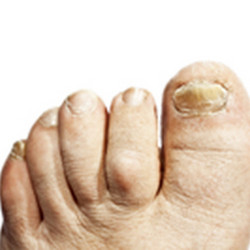A new era in fungal infection treatment
Fungal infections are increasing in incidence and pose a serious health threat to European citizens. To reduce the socioeconomic burden, novel diagnostic tools and vaccines are urgently required. The fungus Candida albicans constitutes the major cause of life-threatening fungal infections. Although it naturally inhabits the human gastrointestinal tract without causing any harmful effects, in immunocompromised patients it can prove fatal. The main problems in managing fungal infections are the lack of appropriate diagnostic tools and the scarcity of effective drugs. To address this clinical requirement, scientists on the EU-funded 'Pathogenomics and systems biology of fungal infections an integrative approach' (FINSYSB)(opens in new window) project followed an integrative, multidisciplinary approach. They investigated key aspects of host-fungus interactions during fungal infection and set out to identify potential therapeutic targets. As a first step, they studied the impact of the host microenvironment on fungal virulence and fitness. They discovered that Candida albicans cells could adapt to diverse host microenvironments. Following attack by immune defences, they activated stress responses and adjusted their metabolism to local nutrients. As envisaged, changes in local nutrient availability affected drug resistance and virulence. Using high-throughput analyses and a plethora of yeast mutants, scientists unravelled new determinants for cell wall biosynthesis and novel functions for yeast biofilm formation. These data led to the identification of putative biomarkers that could be used for diagnosis or as therapeutic targets. A significant part of the FINSYSB project was devoted to host immune defences and their interplay with Candida albicans. The team showed that yeast morphogenesis is a key determinant in triggering and shaping immune responses. Furthermore, they identified signalling pathways that are activated when immune cells are confronted by yeast cells. In the 'Defeating the Enemy' part of the project, the network identified potential targets for novel vaccines, diagnostics and antifungal drugs. This work culminated in the identification of a novel antifungal agent with potential anti-fungal efficacy. Collectively, FINSYSB activities advanced our understanding of yeast-immune interactions. This should prove useful in the development of novel interventions in the battle against fungal infections.







